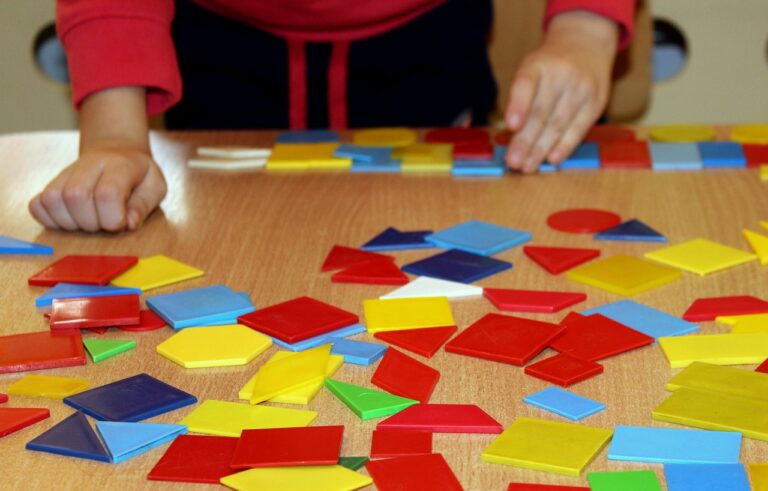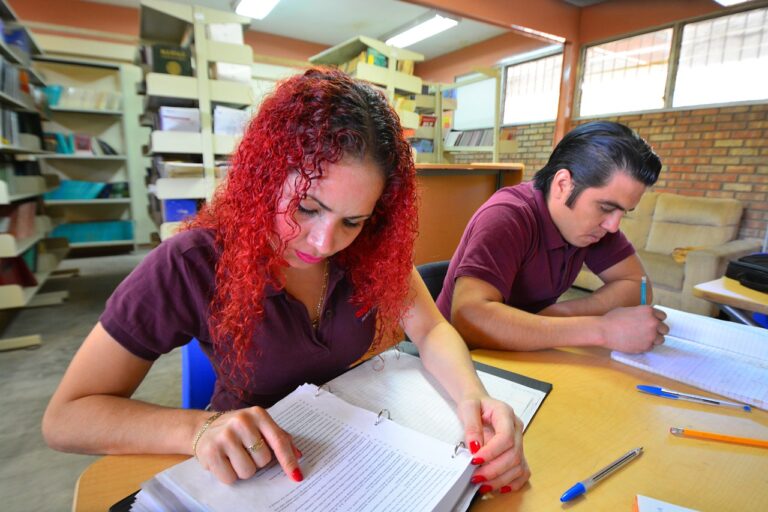Promoting Mindfulness Practices in Education: Cultivating Focus and Resilience in Students
Mindfulness practices in education offer a myriad of benefits for both students and educators. By incorporating mindfulness techniques into the classroom, students can develop a greater sense of emotional intelligence, self-awareness, and empathy towards others. These practices can also help students manage stress and anxiety, leading to improved overall well-being and mental health. Additionally, mindfulness can enhance students’ concentration, memory retention, and cognitive abilities, ultimately fostering a conducive learning environment.
Furthermore, implementing mindfulness in education can positively impact student behavior and social interactions. By cultivating mindfulness habits, students may exhibit increased patience, impulse control, and conflict resolution skills. This can result in a more harmonious classroom atmosphere, where students are better equipped to work collaboratively and communicate effectively. Ultimately, integrating mindfulness practices in education not only enhances academic performance but also cultivates important life skills that benefit students beyond the classroom.
Understanding the Impact of Mindfulness on Student Focus
Mindfulness practices in education have shown promising effects on students’ ability to concentrate and focus during learning activities. By incorporating mindfulness techniques such as deep breathing exercises, body scans, and mindful listening exercises into the classroom routine, students are encouraged to stay present in the moment and cultivate a sense of awareness. This heightened state of awareness can lead to improved focus, reduced distractions, and enhanced learning experiences for students of all ages.
Research has indicated that regular mindfulness practice can positively impact students’ attention span and concentration levels. When students engage in mindfulness activities, they are able to quiet the mind, regulate their emotions, and sharpen their focus on the task at hand. This heightened sense of focus not only benefits students academically but also promotes overall well-being and mental health. As educators continue to explore the benefits of mindfulness on student focus, the evidence suggests that integrating these practices into the classroom can lead to more engaged, attentive, and successful learners.
Strategies for Introducing Mindfulness into the Classroom
When introducing mindfulness into the classroom, it is important to start with simple practices that can be easily integrated into daily routines. One effective strategy is to begin each class with a short mindfulness exercise, such as a breathing exercise or body scan. This can help students transition into a focused and present mindset, setting a positive tone for the rest of the lesson.
Another way to introduce mindfulness in the classroom is to incorporate mindfulness techniques into existing activities. For example, during group discussions or quiet reading time, encourage students to practice mindful listening or bring their attention back to the present moment if they feel distracted. By gradually incorporating these practices into the classroom environment, students can cultivate a greater sense of awareness and emotional regulation over time.
• Start each class with a short mindfulness exercise
• Incorporate mindfulness techniques into existing activities like group discussions or quiet reading time
• Encourage students to practice mindful listening and bring their attention back to the present moment if distracted
• Gradually introduce these practices to cultivate awareness and emotional regulation in students
What are some benefits of implementing mindfulness practices in education?
Some benefits of implementing mindfulness practices in education include improved focus and attention, reduced stress and anxiety, enhanced emotional regulation, and increased overall well-being for both students and teachers.
How does mindfulness impact student focus?
Mindfulness has been shown to improve student focus by helping them become more aware of their thoughts and emotions, and teaching them how to better regulate their attention. This can lead to better concentration, increased productivity, and improved academic performance.
What are some strategies for introducing mindfulness into the classroom?
Some strategies for introducing mindfulness into the classroom include starting each day with a short mindfulness practice, incorporating mindfulness activities into lesson plans, providing resources for students to practice mindfulness outside of the classroom, and modeling mindfulness behavior as a teacher.





